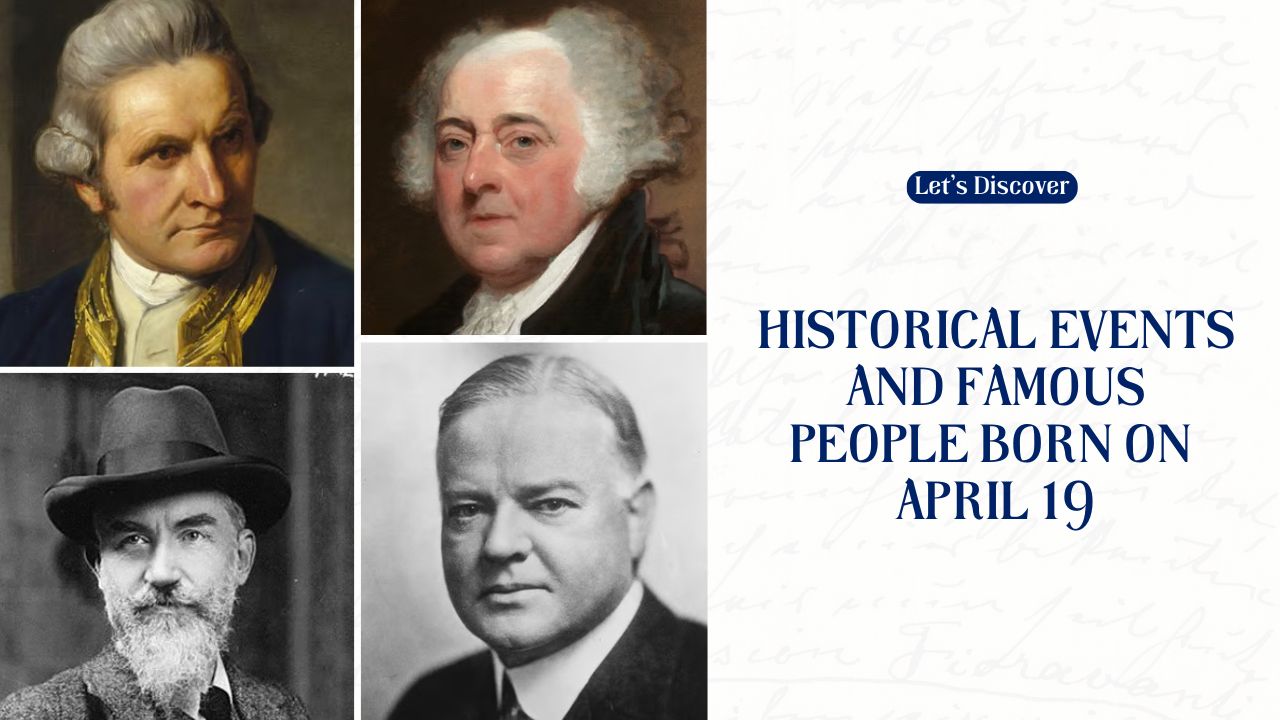Sweepstakes have held audiences’ attention for millennia, moving from simple gambling games to a multi-billion-dollar market. Today, they are an exciting mix of entertainment, advertising, consumer promotions, etc. Here, we will discuss sweepstakes’ intriguing history, from their roots and development to different global meanings and the current impact they influence.
Origins of Sweepstakes
The word “sweepstakes” dates back to the 14th century and originally referred to a betting idea, namely, that one person could “sweep” (i.e., win) all the bets that people have made in a game, winning the whole lot. Its first recorded use was in horse racing, in which people wager on the result of races. If a bettor correctly guessed the winning horse, they would collect all the wagers placed by others.
This association with gambling made sweepstakes platforms appealing as a high-risk, high-reward activity. With time, “sweepstakes” became a metaphor for the possibility of winning big, and they have become a feature of competitive entertainment in many formats.
Evolution Over Time
Sweepstakes have evolved from their gambling roots to serve more general social ends. Initially tied to high-stakes betting in activities like horse racing, their appeal expanded as society sought to make such competitions more inclusive.
By the 17th century, rules were introduced to ensure sweepstakes were accessible to all, regardless of financial means. Participants no longer needed to pay to enter; entries became free, with winnings distributed equitably among eligible participants.
This regulatory shift transformed sweepstakes, recasting them as entertainment rather than pure gambling. Attention shifted from focusing on financial rewards to stimulating interest and involvement.
Over time, online sweepstakes gained popularity because they allowed everybody a chance at winning, mixing interest with equality. That evolution prepared them for their current use in marketing and promotional campaigns while retaining their thrilling element of chance.
The Rise of Modern Sweepstakes
In the early 20th century, sweepstakes emerged as a powerful marketing tool. Companies started using mail-in contests to boost brand awareness and sales. Consumers entered by sending postcards or entry forms, often tied to a purchase, to win modest prizes like discounts or free products.
By the 1950s, sweepstakes had expanded to become nationwide contests with significant prizes ranging from cars to vacations to cash. Promoted via the media, these events attracted mass attention and became a staple of corporate promotional efforts.
The 1990s witnessed a profound change with the advent of internet sweepstakes. Companies use the internet to target larger audiences and facilitate participation. Consumers can now access sweepstakes from anywhere, and tracking and status updates enrich the experience.
Online sweepstakes also provide brands with valuable consumer data, fueling personalized marketing efforts. This digital evolution transformed sweepstakes into a global phenomenon, blending entertainment with modern connectivity.
Sweepstakes Around the World
Sweepstake sites differ significantly across jurisdictions because of the various legal precedents. Widespread popularity and stringent regulatory controls place them in the United States, highly regulated to differentiate them from gambling. Participants are free to enter, so equal chances of winning are provided without financial constraints.
The UK, in contrast, has more restrictive gambling laws, which have restricted the growth of sweepstakes. Paid entries are generally classed as gambling, limiting large-scale competitions to charity or one-off events.
Australia is following a hybrid model more closely modeled on the classic sweepstakes model. Competitions generally have entry fees and include skills tests to maintain legitimacy. These legal differences dictate the form and extent of sweepstakes worldwide.
Legal and Ethical Considerations
Regulatory authority is significant in preventing fraud and protecting consumers in sweepstakes. These laws demand that companies spell out the rules, be clear about how prizes are assigned, and make free entry available to distinguish between sweepstakes and gambling. They must also have measures in place to encrypt user’s data.
These controls maintain fairness and preclude gaming, creating trust among participants. Transparency, often facilitated by public rules and independent auditing, is paramount to keeping sweepstakes fair. Using these guidelines, promoting modern sweepstakes legally, ethically, and entertainingly will be possible.
Conclusion
Evolving from their gambling origin with high stakes to serving as a marketing leviathan, sweepstakes have continuously reframed themselves regarding social conditions and technological innovation. Their lasting popularity is due to their excitement and provocative nature. As an aspiration of culture and economy, sweepstakes continue manifesting the timeless enchantment of possibility and gain.






































